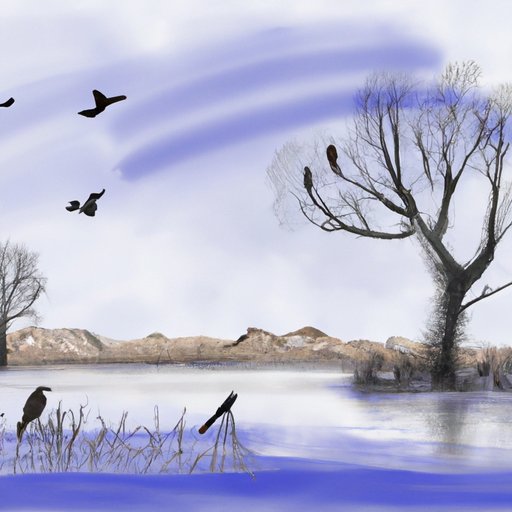Introduction
Queefing is defined as the release of trapped air from the vagina. It often occurs during sex, but it can also happen during other physical activities, such as yoga or running. Many women feel embarrassed or even ashamed when queefing happens, but it is a natural bodily function that is nothing to be ashamed of. Understanding queefing and its causes is crucial to reducing embarrassment and promoting a healthier attitude towards women’s sexuality.
Scientific Explanation of Queefing
The anatomy of the vagina is a crucial factor in understanding queefing. The vagina is an elastic muscular tube lined with mucous membranes. It is surrounded by muscles that form the pelvic floor, which is responsible for supporting the bladder, uterus, and rectum. The entrance to the vagina is surrounded by the labia majora and minora, which provide additional support and protection for the vagina.
Air gets trapped in the vagina due to the stretching of the vaginal walls during penetration. When the air is released, it causes a “farting” sound that can be embarrassing. There are many factors that can contribute to the frequency of queefing. Some women may experience more queefing than others due to differences in the elasticity of their vaginal walls.
Types and Causes of Queefing
Queefing can occur during various physical activities, not just sexual ones. Here are some of the most common types and causes of queefing:
Sexual Positions
Certain sexual positions can promote queefing. Positions that involve deep penetration or those where the legs are elevated can increase the frequency of queefing. This is because these positions allow for more air to enter the vagina.
Yoga Poses
Yoga poses that involve opening the hips, such as the butterfly pose or the pigeon pose, can also promote queefing. These poses can cause a release of air that has been trapped in the vaginal canal.
Other Physical Activities
Other physical activities, such as running or jumping, can cause queefing. These activities can cause the vaginal walls to stretch and release air that has been trapped inside.
Overcoming Embarrassment About Queefing
The embarrassment and shame that many women feel when queefing is unwarranted. Queefing is a natural bodily function that happens to many women. Here are some ways to overcome embarrassment about queefing:
Discussing the Naturalness of Queefing
Perhaps the most important way to overcome embarrassment about queefing is by discussing its naturalness. Queefing is nothing to be ashamed of and is simply a natural function of the body. By discussing this openly, women can learn to be more comfortable with their bodies and sexuality.
Normalizing the Act
Normalizing queefing can help women feel less embarrassed about it. By acknowledging that queefing happens to many women and is a normal bodily function, women can begin to feel less ashamed about it.
Emphasizing That Queefing is Not a Reflection of Hygiene or Sexual Ability
Many women may feel embarrassed about queefing because they believe it is a reflection of poor hygiene or sexual ability. However, this is simply not true. Queefing happens to many women, regardless of their hygiene or sexual abilities. Reminding women of this fact can help reduce the embarrassment and shame that may be associated with queefing.
Personal Experiences With Queefing
To help normalize queefing, it can be helpful to share stories of women who have experienced queefing. Many women have similar stories and experiences, and sharing these stories can help women feel less alone in their experiences.
Reducing the Frequency of Queefing
While queefing is a natural occurrence, some women may want to reduce the frequency of it. Here are some strategies that may help:
Strategies for Reducing Queefing During Sexual Activities
Changing sexual positions, slowing down movements, or using a firmer penetration angle can all help to reduce queefing during sex. These strategies can help to reduce the amount of air that is allowed to enter the vagina during sex.
Preventative Measures for Physical Activity
Wearing supportive underwear, like compression shorts or a panty liner, can help reduce the amount of air that enters the vaginal canal during physical activities. Additionally, taking breaks during physical activities can help to reduce the frequency of queefing.
Adding a Humorous Angle to Queefing
While queefing is a serious topic, adding a humorous angle can help to relieve tension and make women feel more comfortable talking about it. By acknowledging the humorous aspect of queefing, women can begin to feel more at ease discussing it and accepting it as a natural bodily function.
Conclusion
Queefing is a natural occurrence that happens to many women during various physical activities. Understanding the anatomy of the vagina and the causes of queefing can help women overcome embarrassment and shame that may be associated with it. By discussing queefing openly and acknowledging its naturalness, women can begin to feel more comfortable with their bodies and sexuality.
